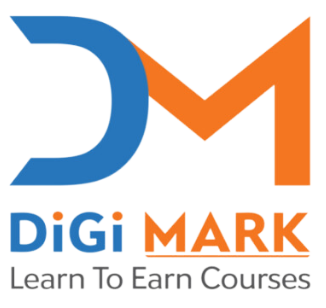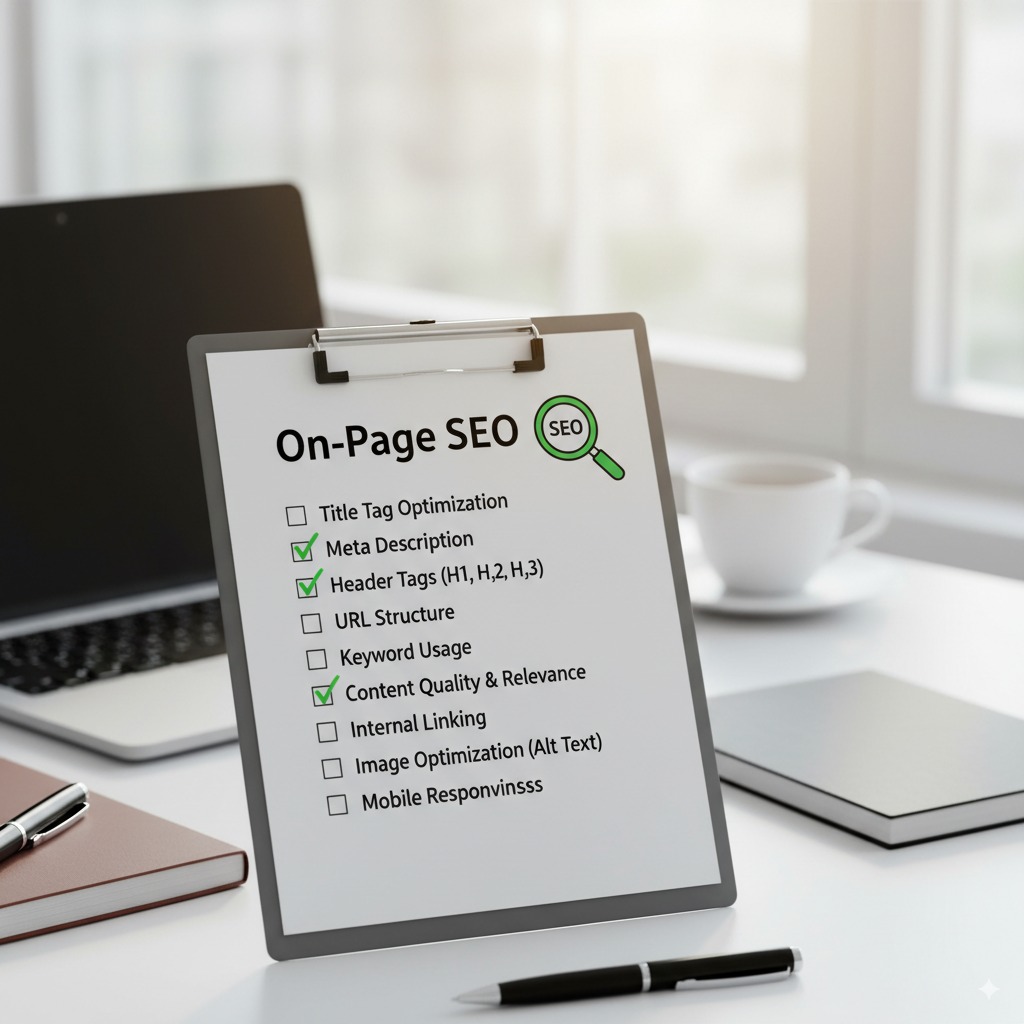This On-Page SEO Checklist ensures better rankings, improved user experience, and higher conversions.
1. Website Structure & Basics
- Optimize the logo with proper file name, alt text, and compressed size.
- Ensure each page has a unique, descriptive title tag (within 50–60 characters).
- Write compelling meta descriptions (within 150–160 characters) that include keywords and attract clicks.
- Check if your website shows sitelinks in Google search. If not, improve site structure, navigation, and internal linking.
- Implement clean URLs (short, keyword-rich, and descriptive).
- Ensure HTTPS is enabled for site security.
2. Heading & Content Optimization
- Add exactly one H1 tag per page, including the main keyword.
- Use H2 and H3 tags for subheadings to structure content logically.
- Place the primary keyword in the first paragraph and throughout content naturally.
- Add LSI keywords & long-tail keywords for better semantic relevance.
- Create comprehensive, long-form content (covering topics in-depth).
- Make content easy to read (short sentences, bullet points, proper formatting).
- Use bold/italics sparingly to highlight important terms.
- Add FAQs to cover common user questions.
3. Internal & External Linking
- Optimize internal linking – link to relevant pages with descriptive anchor text.
- Check external links – link only to high-quality, authoritative sources.
- Use nofollow attribute for sponsored or untrusted external links.
4. Media Optimization
- Optimize images (ALT text, file size, captions, descriptive filenames).
- Use WebP or next-gen formats for faster loading.
- Add video schema and optimize video titles, descriptions, and transcripts.
- Create and submit a video sitemap to search engines.
- Optimize infographics, audio, and PDFs with keywords and metadata.
5. User Experience (UX) & Technical On-Page SEO
- Ensure mobile-friendly (responsive) design.
- Improve page loading speed (compress files, use caching, CDN).
- Use breadcrumbs navigation for better structure.
- Add schema markup (structured data) for articles, products, FAQs, reviews, etc.
- Optimize category & tag pages with titles, descriptions, and content.
- Implement a clear Call-to-Action (CTA) on key pages.
- Ensure readability score (avoid jargon, target Flesch score 60+).
- Avoid duplicate content issues (use canonical tags where needed).
- Add custom 404 page with navigation back to main content.
6. Indexing & Search Engine Optimization
- Ensure all important pages are indexed (check with site:domain.com).
- Block unnecessary pages (admin, thank-you pages) using robots.txt.
- Submit an XML sitemap to Google Search Console and Bing Webmaster Tools.
- Optimize Open Graph (OG) tags for social sharing (Facebook, LinkedIn).
- Add Twitter Card tags for better appearance on Twitter/X.
Must Read: How do digital marketing certifications boost your career in 2025?

